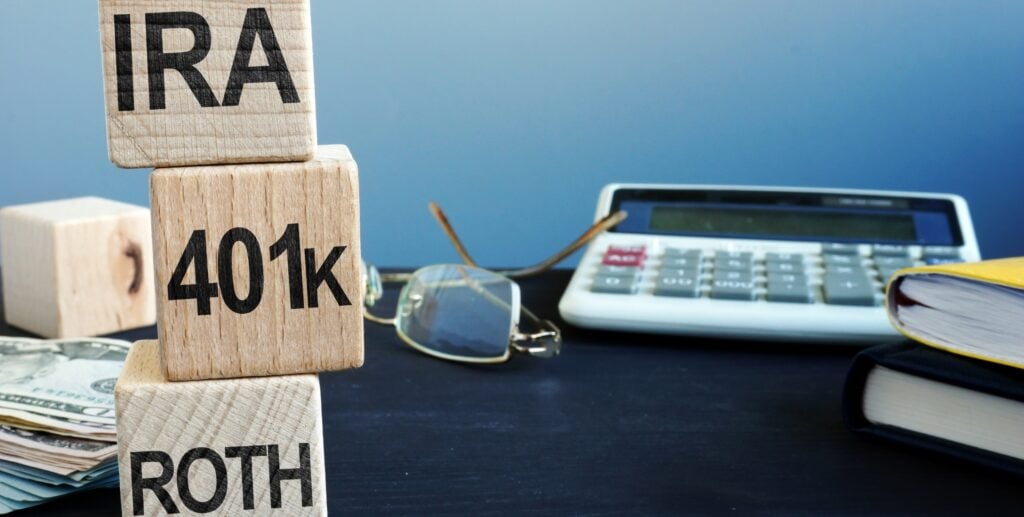Title: DIY Retirement: Savvy Savings Strategies for the Self-Employed
In the world of work, the landscape of retirement savings is shifting dramatically. For self-employed individuals and independent contractors, the traditional routes to retirement aren’t automatically in place. Without an employer-sponsored 401(k) plan or pension to lean on, the self-employed must take the initiative to secure their financial futures. While this might seem daunting, it also provides an opportunity to craft a retirement plan tailored to individual needs and goals. Here we explore savvy savings strategies to help the self-employed carve out a comfortable retirement.
### 1. Understand Your Retirement Needs
Before diving into savings strategies, it’s crucial to estimate how much money you’ll need for retirement. Consider your desired lifestyle, healthcare needs, and any future responsibilities. Online calculators and financial advisors can help break down an approximate figure. Knowing this target will guide your savings strategy and motivate you to consistently set aside money.
### 2. Embrace the Solo 401(k)
For self-employed individuals, a Solo 401(k) is an enticing option. It offers the ability to make significant contributions as both an employer and an employee. For 2023, the employee contribution limit is $22,500, with an additional $7,500 catch-up contribution available for those aged 50 and older. On the employer side, contributions up to 25% of your net earnings from self-employment can be added, providing a powerful savings tool.
### 3. Consider a Simplified Employee Pension (SEP IRA)
A Simplified Employee Pension (SEP IRA) is another attractive option. This account allows you to contribute the lesser of 25% of your net earnings or $66,000 for the 2023 tax year. The SEP IRA is straightforward to set up and maintains low administrative costs, making it an ideal choice for those just starting their savings journey. The flexibility of contributions means you can save more in profitable years and less in leaner ones.
### 4. Explore the Savings Incentive Match Plan for Employees (SIMPLE IRA)
If you’re running a small business and have a few employees, a SIMPLE IRA may be suitable. With this plan, you can contribute up to $15,500 in 2023, with a catch-up contribution of $3,500 if you’re over 50 years old. It requires less administrative upkeep than a 401(k) and involves mandatory employer contributions, which can act as a stable savings vehicle for both you and your employees.
### 5. Diversify with a Roth IRA
In addition to your business-focused retirement accounts, consider opening a Roth IRA. Though the contribution limits are lower ($6,500 in 2023, with an additional $1,000 for those over 50), the benefits are significant. Contributions are made with after-tax dollars, but withdrawals in retirement are tax-free, providing a tax-advantaged income stream down the line. Additionally, Roth IRAs offer investment flexibility, ranging from stocks and bonds to mutual funds and ETFs.
### 6. Automate Savings
To avoid the temptation to skip savings, automate your contributions whenever possible. Many financial institutions allow automatic monthly transfers from your checking account to your retirement accounts. This method not only relieves the burden of manual transfers but also helps instill disciplined saving habits.
### 7. Invest Wisely
Creating a diversified investment portfolio is key to growing your retirement savings. Consider a mix of equities, bonds, and other assets that suit your risk tolerance and retirement timeline. Regularly review and adjust your portfolio to account for changing market conditions and personal goals.
### 8. Stay Informed and Flexible
The self-employed should remain informed about new retirement savings tools and tax incentives. Laws and regulations surrounding retirement accounts can change, affecting how much you can save and the tax benefits you’re entitled to. Consult with financial advisors periodically to ensure your plan remains robust and relevant.
### Conclusion
DIY retirement planning may seem overwhelming, but with the right approach, it offers tremendous potential for self-employed individuals. By understanding your needs and leveraging the right savings tools, you can build a secure and comfortable future. The key lies in consistency, informed decision-making, and a proactive attitude toward retirement savings. As you focus on your business’s growth and success, don’t forget to invest in your future—the dividends can be life-changing.

